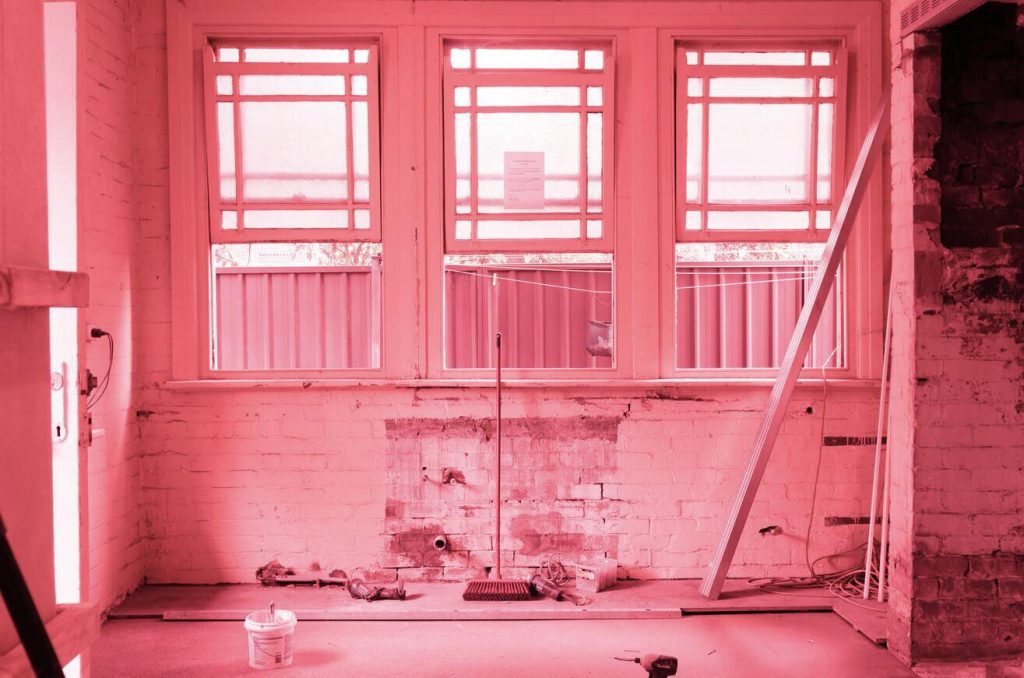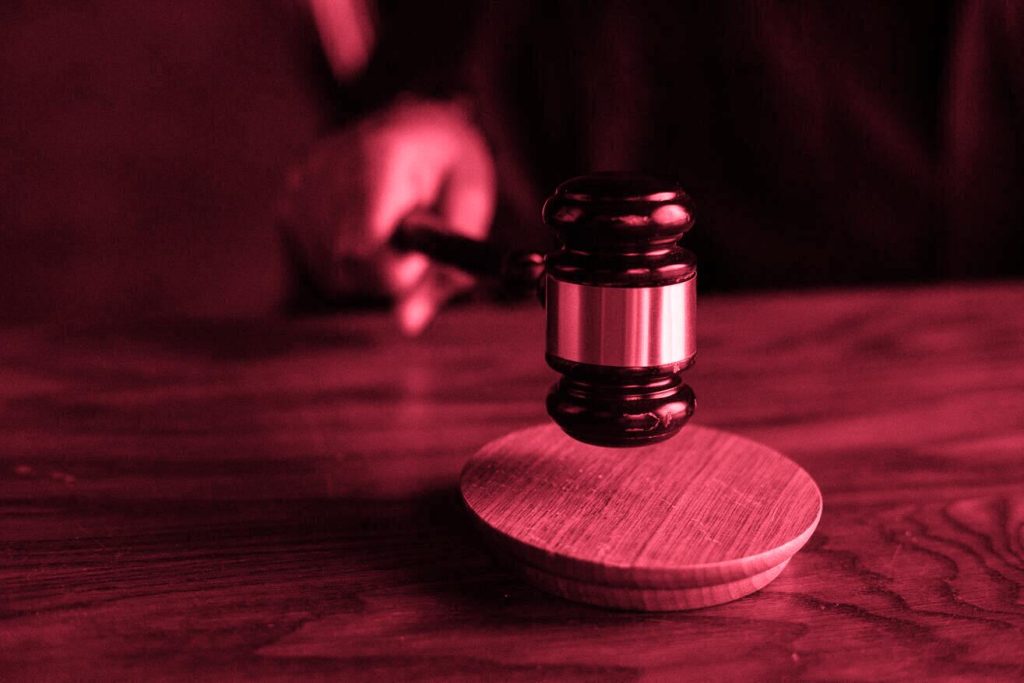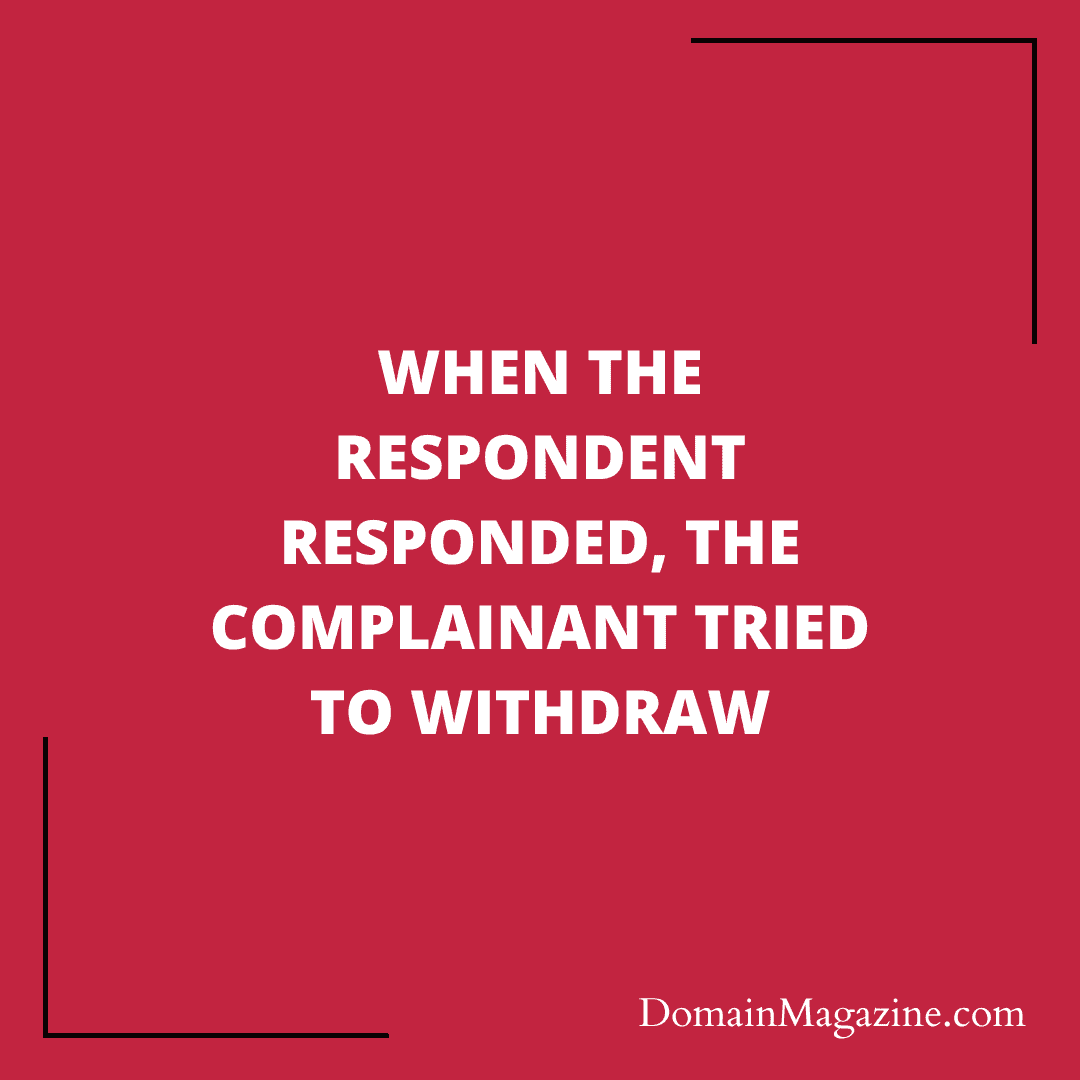Domain Name disputes cases have a unique way of demonstrating the little details of the Corporate sector and the way it functions. When two entities fight for a name that can make and break their businesses, it is noteworthy to see how a party reacts when the pressure is on.
Seldom do we discover situations when one of the parties to a case, tries to withdraw its plea once the opposite party merely responds. However, we are going to witness such a scenario in our present Domain Name Dispute regarding Veripro.com.
Complainant’s Argument
The Complainant is a franchise operator that indulges in a broad range of work that includes renovation, extension and enlargement, interior design and thermal renovation. All of this work is carried under the brand name Illico Travaux.

However, before recommending the craftsmen to the end users, the company evaluates their financial and administrative conditions (of the craftsmen). This rating system service is carried out under the brand Veripro.
However, the Complainant was aggrieved after finding out that the domain name was already taken. The Complainant argues that it filed for the trademark rights over Veripro on April 16, 2007. However, just after the filing the domain name was registered by the Respondent on July 23, 2007.
The landing page of the current website at the said domain name was updated on July 18, 2013. Almost 6 years after filing for trademark.
The Complainant argues that the brand Veripro is well-known and the domain name registration was done with a malafide intention to derive undue benefits from the Complainant’s well-established brand.
Complainant also presented that the MX Records are configured with the domain name which can be used for unfair practices. In simple terms, it means that the Respondent has access to email Ids with this domain name, which has the potential to hamper the Complainant’s name.
Respondent’s Rebuttal
The Respondent is a French domain name investor. The Respondent rejected that the terms involved in the dispute has attained notoriety owing to the Complainant’s usage. The Respondent presented that the said term was used in 15 VERIPRO registered trademarks, 11 live companies using the name, and 53 domain names starting with the same. This clearly establishes that the terms involved are not the sole property of the Complainant, and the Respondent has legitimate rights in it.

The Respondent also responded to the claim of malafide intentions regarding the registration of domain name. It claimed that the domain name was registered merely a few months after the filing for Trademark application. The actual trademark was granted much later than the day the domain name was registered.
Hence, it couldn’t be claimed that the domain name was registered with malafide intentions as there wasn’t even a brand to profit from. The Respondent also presented that the Rating system that the Complainant claims to be infringed didn’t begin until it was introduced in 2010. How could an entity infringe upon a company that started functioning 3 years after the registration of domain name.
The Respondent thus demanded a Reverse Domain Name Hijacking (RDNH).
Withdrawal of the Complainant
The Complainant later presented that it was unaware of the Respondent’s side of argument and also that the Respondent was French. The Complainant claimed that the Respondent had requested for a 3 member panel which was not financially viable for them. Hence, the Complainant requested to withdraw.
The Respondent rejected the claims of financial incapacity. The Respondent wished that the redressal procedure goes through.
Jury’ Decision
The panel held that any domain name dispute case needs to satisfy three conditions for it to go through. Going through them one by one, the panel presented its views.
The panel did find that the dispute domain name was Confusingly similar to a term in which the Complainant has rights. However, domain name disputes need to satisfy all three categories to succeed. Failing in any one of them, makes the complaint invalid.
Hence, the clause of Rights or Legitimate Interests wasn’t discussed. This was because the case failed in proving the criteria of Registered and Used in Bad Faith.
The panel found that the domain name was registered at the time when the Complainant had not acquired any notoriety pertaining to the name. Also, the actual service of the Complainant started way after the Domain Name was registered. Hence, the panel rejected that the Respondent registered the domain name in Bad faith.
The Complaint was denied.

RDNH
The panel found that if the Respondent had not presented their case, the case would have gone towards the Respondent. The Complainant claimed that a change in the website in 2013 was due to change in its registrant. This was a false claim. However, the truth of such a claim could have easily been found out if the Respondent had just done a basic check on the Internet.
The Complainant claims that it has acquired notoriety. However, it doesn’t present any significant evidence supporting the claim.
Owing to all these factors, the panel granted a RDNH as well.
You can read the complete version of the case here.


Join the Discussion